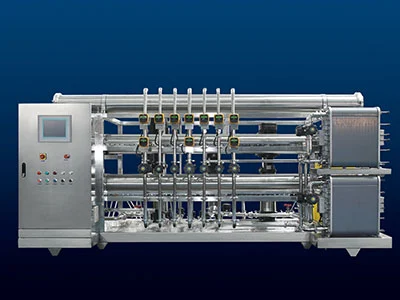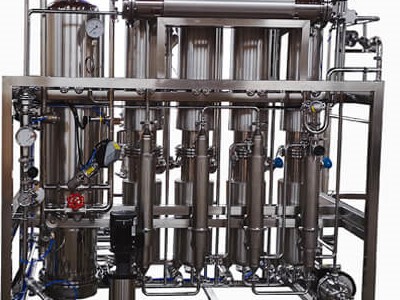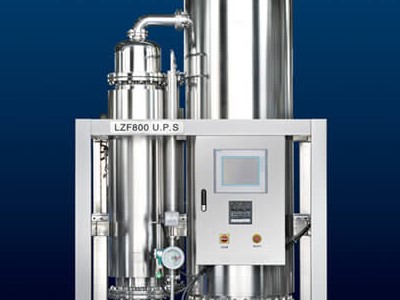Non-pharmacopoeial water refers to water types not specified in the pharmacopoeia, such as deionized water, reverse osmosis water and laboratory use water. There are many types of these waters, and depending on the needs of each factory or laboratory, their quality standards may be lower or higher than those of pharmacopoeial water. For example, if a special product requires water with the same chemical requirements as purified water, but with endotoxin control, this means using a non-pharmacopoeial water that meets the validation requirements mentioned earlier, and may even require more stringent validation based on the product's characteristics and requirements.
Although there are no explicit quality standards for non-pharmacopoeial water, for pharmaceutical companies, the quality of non-pharmacopoeial water used should generally not be lower than that of drinking water.
For other process waters, such as deionized water, their quality is generally lower than that of pharmacopoeial water, but because they are used in the early stages of some processes, simple validation is also required.
These require a risk assessment based on process requirements to determine the depth and scope of validation. Some laboratory water, such as endotoxin testing water, requires low endotoxin non-pharmacopoeial water, which requires appropriate purification measures and quality monitoring methods. The extent and scope of validation should be determined by the user after risk assessment.
After performance confirmation, a comprehensive evaluation of the system should be conducted and a daily monitoring plan established based on the results of the third stage. In routine sampling and monitoring, sampling frequency at use points (usually the minimum frequency) is lower than that determined in performance confirmation.
For injection water systems, it is necessary to ensure that all use points are tested every week, and under this condition, the number of samples taken per day should be maintained according to the evaluation, and key sampling points should be monitored daily based on the process. In this way, for larger distribution systems, sampling can be rotated to ensure that each sampling point is collected once a week.
For purified water and pure steam systems, their system impact risk is low, and the daily monitoring frequency can be appropriately reduced compared to injection water. All these sampling plans for routine monitoring should be recorded in the SOP.
System quality review should be conducted at least once a year. The annual review of water system in pharma helps users to understand the system's trends over time and can adjust the alarm limits and action limits, and even related SOPs based on data analysis.
The system quality review should not be limited to the results of water quality sampling; it should be a comprehensive review of the system, including:
Review of system drawings and related SOPs
Review of system confirmation and validation status
Review of preventive maintenance and troubleshooting records of the system
Review of system key deviations and alarms
Review of system daily monitoring data results and trends
Review of system disinfection procedures
Review of system related training records


